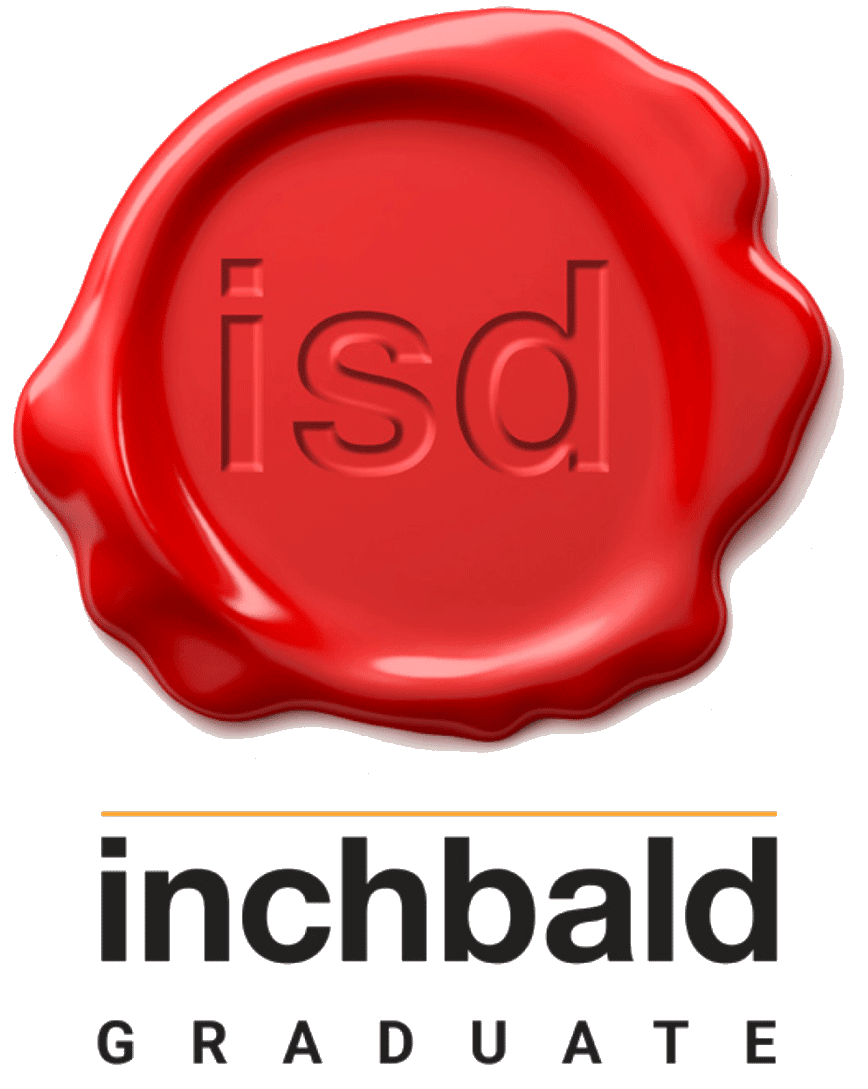Highly collectable Scottish artist with a rich artistic heritage
Jack Morrocco has two distinct styles of work. The first being the influence of the Cubist artists, showing a style of painting with blocked geometric shapes of patterned fabrics containing also still life objects and the second is a more painterly colourful style with loose free brushstrokes and diverse textural qualities of mark making in his work.
The colours in his compositions are placed throughout his paintings and cleverly picked up in each of the objects on his work. He plays on the use of light and colour in his paintings to depict his subject matter. The objects in his paintings often show a variety of tones, highlights and reflected surfaces. His paintings are shown in a very life like style of work and they show visible textural brushstrokes which suggest a sense of a style of vigour in his compositions. The paints have been applied with bristle brushes showing textural marks placing an emphasis on the flowing shapes and edges of the fabrics used and highlights appearing on the objects in his artwork.
Jack is a versatile painter; able to paint in multiple genres, however it was around six years ago that he found his journey into landscape, which is underpinning his most successful period. It started when he bought a property in the South of France. From this base he travels to towns like Uzes, Arles and Aix-en-Provence, where he can absorb and capture his interpretation of these beautiful French scenes. This region, particularly inspires Jack: the rich darks caught in the shadows and the fact that, with the mediterranean sunlight, the ground is so light, which allows for the dramatic contrasts that are a feature of his atmospheric compositions.
His painting style in France is much looser, than for instance Venice where the dominance of the buildings dictates a tighter style of painting. Venice is his other love. Jack loves the water and the tranquility, which he says, "suits his mind." He considers it is unique, where you get a sense that it hasn't changed for two hundred years.
Jack Morrocco is influenced by The Scottish Colourists which you can see from the bright pigment colours he uses in his paintings. The Scottish Colourists were a group of artists who painted in a similar style of work. The artists involved in The Scottish Colourist Art Movement were Samuel John Peploe, F C B Cadell and G L Hunter which Morrocco takes inspiration from for his paintings. He also cites the American portrait painter John Singer Sargent as an inspiration. His brushwork was sublime and his paintings were painted with a consummate ease, "He worked hard to make painting look easy." He also mentions Picasso who he greatly admired for his imagination and his genius.
He makes an interesting point, suggesting that in the 1960s and early 1970s, Scottish Art Schools still focused on the traditional painting skills, where English Art Schools had already moved on to the avant-garde. He attributes the current domination and success that Scottish artists are enjoying across the UK and in London to the fact that these traditional skills are missing elsewhere. Jack went on from Art School to lecture part-time at Dundee. In this period, many of the artists had to subsidise their painting with teaching. Jack didn't particularly like teaching as he is too much of a perfectionist and, in his own words ‘doesn't suffer fools gladly'.
"I read somewhere that when the English painter Ken Howard hears himself described as “old-fashioned” he takes it as a compliment. I would probably do the same. Not because I think that I am old-fashioned but I certainly hold to the values that seem now to have passed to an older generation. I have never been involved in the mad dash toward novelty in the mistaken belief that there, and there only, lies originality. But it has been slow to dawn on me that originality can lie within one’s self, one’s individuality and an individual approach to one’s art.
In the studio I am attracted by the same challenges of portraying light and shade, texture and colour to create a balance in which I hope to attract and captivate the viewer both in still life and figure work. The flower petal, the silver, the glass all represent an opportunity for an economy of brushwork to create an illusion of presence. The pose and the elegance of form are the essential qualities that help make the composition connect with the viewer in figure work."
Selected Solo exhibitions
Henderson Gallery, Edinburgh
Open Eye Gallery, Edinburgh
Rendezvous Gallery, Aberdeen
Leith Gallery, Edinburgh
Richmond Hill Gallery, London
Thompsons Gallery, London
Eduardo Alessandro Gallery, Dundee
Solo Gallery, Edinburgh
Henshelwood Gallery, Newcastle
Broadway Modern, Cotswolds
Gullane Art Gallery, Gullane
Kranenburg Fine Art, Oban
Lemond Gallery, Glasgow
Contemporary Fine Art Gallery, Eton
Fraser Gallery, St Andrews
Group Exhibitions include:
Royal Scottish Academy
Royal Glasgow Institute of Fine Art
Compass Gallery, Glasgow
Richmond Hill Gallery, London
Ainscough Gallery, London
Thompson’s Galleries, London, Aldeburgh, and Stow
Contemporary Fine Art Gallery, Eton
Richard Hagen Galleries, Broadway
John Noott Galleries, Broadway
Manorhouse Gallery, Chipping Norton
Henshelwood Gallery, Newcastle
Walker Galleries, Harrogate and Manchester
6 Scottish Colourists, St Andrews
Eduardo Alessandro Gallery, Dundee
Gatehouse Gallery, Glasgow
Falle Fine Art, St Hellier, Jersey
Art Expo, New York
Forbes Gallery, New York
Galerie Azur, St Paul de Vence, France



